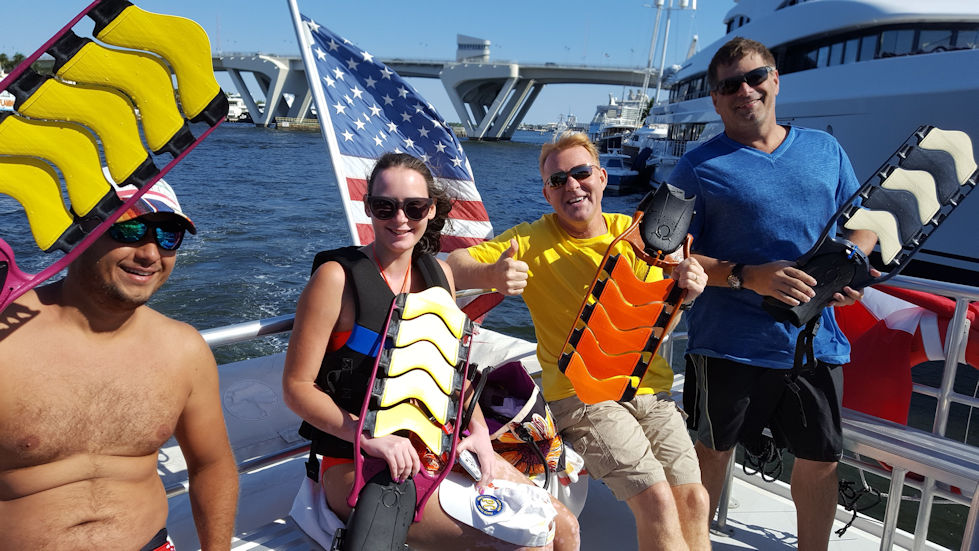[QUOTE="a few internal engineering reports and prototype descriptions, test reports (with detailed descriptions of the test parameters for every run), could work.[/QUOTE]
It just so happens we have lots of data for you. It is on the website but a touch difficult to find. (still working on that). Here is the link.
http://www.tecreationdev.com/resources/PDF/FIN43 Air Performance Charts.pdf
While we did not calculate lift to drag ratios we looked at the end result of the use of the fins. Our testing procedure was to measure the air consumed on a fixed distance course at various swim speeds with various fins. Each series of tests included 3 fins. The control fin was a Tusa X-Stream since it has been found to be the most air efficient fin on the market today (although it does not have a very high top end speed). Then a MaxAir fin and another brand were also run. Each speed was run in sequence with all 3 fins then repeated at the next speed. No run was made until the tester's heart rate had returned to a baseline of 70 bpm. With the very high speed runs that often required an hour rest period. You may think fatigue would count against the fins run later in the process but it was found the efficiency generally got better toward the end of the day. I believe a lot of that is attributable to improved efficiency in the turns.
The course was 10' deep and 50' long in an indoor pool. Here is a link to a time lapse of the testing process:
The speeds reported in the tables is the average speed for the course which includes starting from a dead stop, acceleration to cruise speed, and 5-180 degreee turns with associated acceleration to cruise speed. Please do not confuse the speeds in the tables with straight line speed. The reason we tested this way was to test all aspects of the fin performance at once and to make it fit in a pool.
For the engineers and scientists we also adjusted for the compression factor of air and took air pressure readings sufficiently long after the run to allow the tank to return to pool temperature. (When air is released from the tank the tank air cools causing a slightly lower reading.) We then adjusted all volumes to surface volume and took great care to maintain a constant depth during all the runs.
The end result is the fin performance curves in the tables. All we can say is the MaxAir fins always came out on top.
We are now using prototypes in the 80 range which we expect has much better efficiency than the ones shown in the data but we have not actually put them to the pool test yet. We are looking for volunteers in the Orlando area to do that.
Is that nerdy enough?





